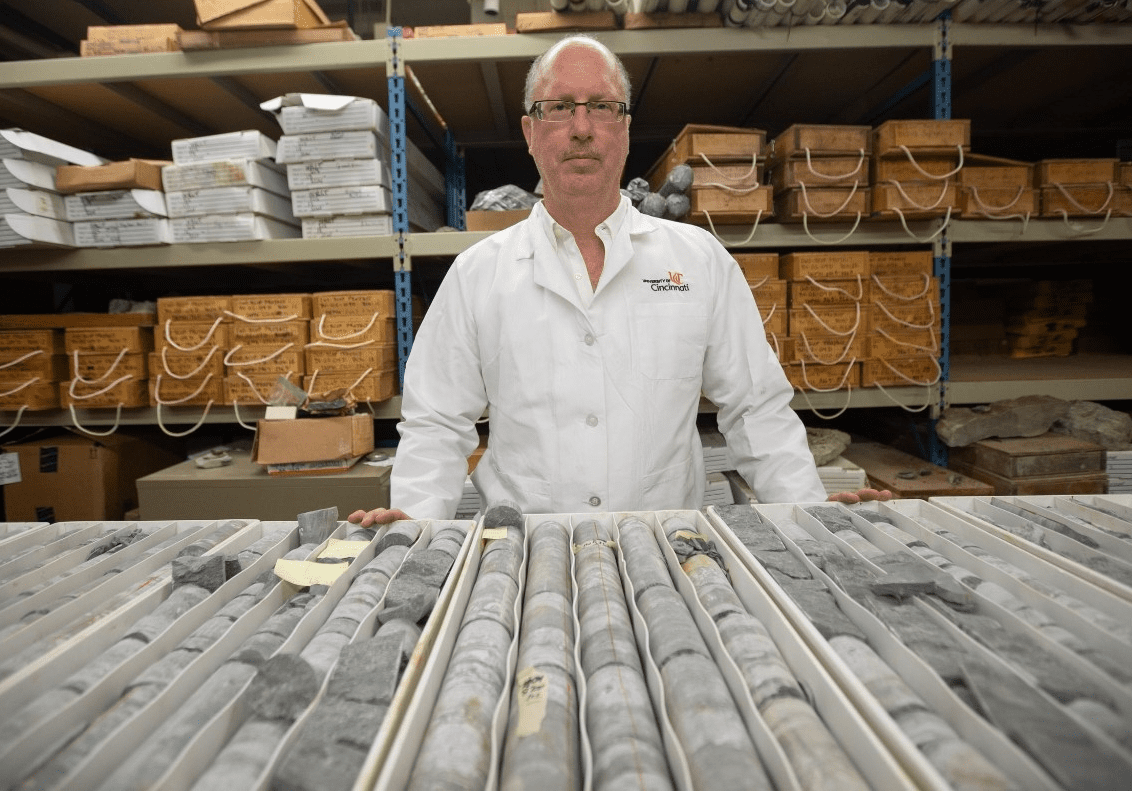During the Capitanian age 260 million years ago, the oceans suffered a drastic loss of oxygen causing, or perhaps amplifying, widespread global extinctions. Then 3 million years later the same thing happened again, sediment records reveal. The findings could explain a major point of confusion about the Permian period, a time overshadowed by its catastrophic ending in the greatest mass extinction event of all.
The Earth has suffered five agreed-upon mass extinctions when a large proportion of the planet’s life died out. We are probably in the early stages of a sixth, brought on by our own recklessness. There have, however, been many other points in the Earth’s history where species disappeared much faster than they were replaced, and palaeontologists have long debated whether any of these deserve to be considered mass extinctions as well.
A particular focus has been events at the end of the Capitanian age (also known as the end-Guadalupian). According to some estimates, species loss at this point was worse than when the asteroid killed the non-avian dinosaurs, or indeed two earlier mass extinctions. These estimates remain debated, however, and a new study suggests this may be a consequence of mixing up two events.
A team led by Dr Huyue Song of the China University of Geosciences measured uranium isotope ratios in marine sediments deposited during the Guadalupian stage 272 to 259 million years ago in what is now the South China Sea. Marine microbes convert uranium (VI) to uranium (IV), but process uranium 235 and U-238 slightly differently. When a decline in ocean oxygen levels causes a microbial die-off this is reflected both in lower uranium concentrations in seawater and a shift in the ratios of the two main isotopes.
Although the change in isotope ratio is tiny – just 0.2-0.4 percent – it can still be read in rocks 260 million years old, and from this, Song and co-authors concluded, the oceans became drastically depleted in oxygen twice during the Permian, 262 and 259 million years ago. Each of these would have caused a mass marine extinction, which we would expect to have been replicated on land, taking out species such as Titanophoneus or “titanic murderer”.

Professor Thomas Algeo with a collection of rock cores used to measure the uranium abundance, and isotope ratios from the late Permian era.Image Credit: Andrew Higley/UC Marketing + Brand
The authors blame immense volcanic eruptions, like those suspected of causing the other mass extinctions, the dinosaur-killing one aside. Ash from these eruptions caused short-term cooling, followed by longer-term warming as the ash washed out of the skies and carbon dioxide remained.
“Dissolved oxygen has to be taken up by the surface layer and supplied to the deep ocean,” said Professor Thomas Algeo of the University of Cincinnati in a statement. “But warmer water is lower density. When you increase the density differential, you prevent any overturn and there’s no way to get dissolved oxygen into the deeper layers.”
“Today, we are facing several global change issues, including global warming, ocean hypoxia, seawater acidification and biodiversity decline, which are similar to the environmental changes during the Middle Permian biological crisis interval,” Song said. The changes today are far less extreme, at least so far, but they’re also probably happening much faster.
The Capitanian extinction event is acknowledged as seeing the disappearance of tropical species on a scale to match almost any other global catastrophe. Evidence is much more sparse, however, from temperate and polar latitudes, although even Spitsbergen, the largest island of the Norwegian archipelago Svalbard, has provided support for the view this was a worldwide event.
Perhaps part of the reason the Capitanian event has not been fully accepted as a mass extinction is that it has been overshadowed by the unquestioned largest extinction event of all, the end-Permian, also known as the Great Dying. Confusion between the two events may have also played a part.
Although volcanic eruptions have been the primary suspect, a confirmed cause has also been lacking until now. Why the Earth should have suffered three such devastating eruptions in the space of 10 million years remains unknown.
The study is published in Earth and Planetary Science Letters
Source Link: Suspected Mass Extinction Was Actually A Volcanic Double-Punch 3 Million Years Apart